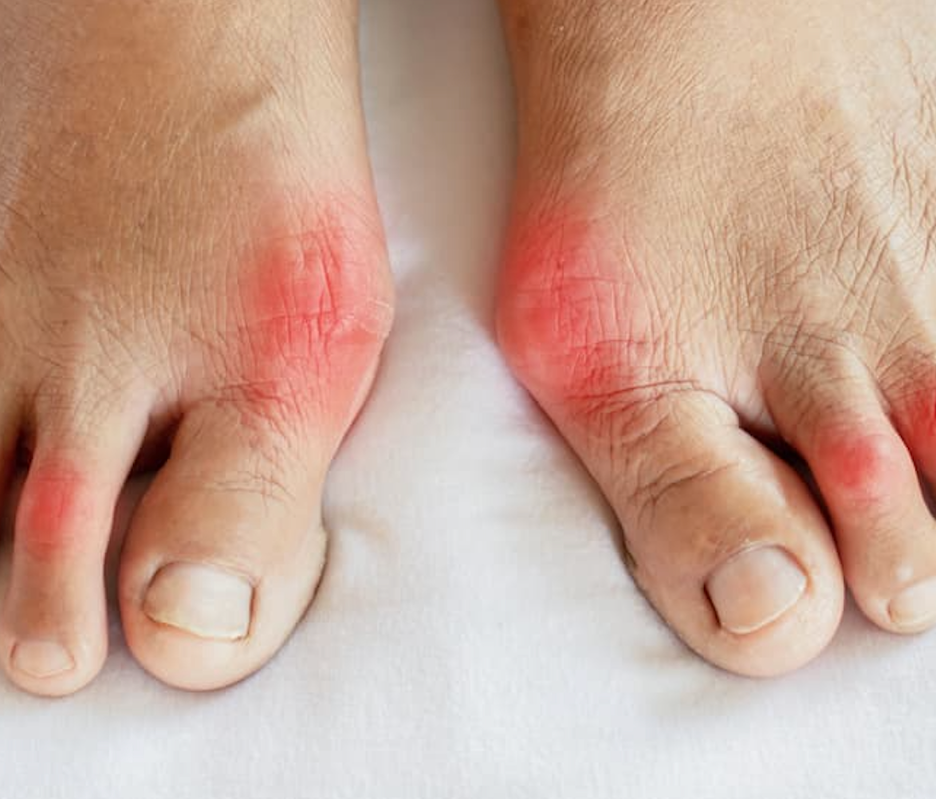News
Article
Radiomics Model Distinguishes Gout Flares, May Improve Clinical Decision Making
Author(s):
Key Takeaways
- Radiomics using DECT can effectively distinguish gout flare occurrences, enhancing clinical decision-making processes.
- A comprehensive model combining radiomic and clinical features showed superior discrimination of gout flares with an AUC of 0.79.
A comprehensive model of clinical and radiomic features was more accurate in distinguishing flares than either model alone.
Credit: Adobe Stock

A radiomics model was able to distinguish patients with and without gout flares
in a new analysis and may have potential in facilitating the clinical decision-making process for treating gout.1
“Radiomics, an innovative data analysis technique that quantifies characteristics via the high-throughput extraction of quantitative features from medical images, can fully exploit in-depth information on a wide range of diseases. Studies on knee osteoarthritis have shown that radiomics can successfully predict disease onset and deterioration, as well as progressive pain and structural changes, by extracting features from scanning images. However, there are currently no published data on the potential link between gout flares and Dual-energy computed tomography (DECT) radiomic features,” lead investigator Yabin Hu, Department of Radiology, The Affiliated Hospital of Qingdao University, Qingdao, China, and colleagues wrote.1
Hu and colleagues included 200 patients in their analysis (99% male), 150 of whom had experienced at least 1 confirmed gout flare in the past 12 months and 50 of whom did not. They extracted and analyzed the radiomic features of the tophi at the bilateral first metatarsophalangeal joints, selecting optimal radiomic features using the least absolute shrinkage and selection operator method. They used logistic regression analysis to screen clinical characteristics and establish a clinical model. The clinical model was then combined with the optimal radiomic to develop a comprehensive model. The radiomic, clinical, and comprehensive models were evaluated for performance using receiver operating characteristic curve analysis, calibration curves, and decision curve analysis.
The investigators found that there were 4 radiomic features that distinguished patients with at least 1 flare from those without flares; these were used to establish the radiomic model. Disease duration and hypertension were also found to be independent factors that differentiated flare occurrences, and these characteristics informed the clinical model.
The radiomic, clinical, and comprehensive models showed favorable flarediscrimination, with the radiomic model having an area under the receiver operating characteristic curve (AUC) of 0.76 (95% CI, 0.69-0.83), the clinical model having an AUC of 0.72(95% CI, 0.63-0.80), and the comprehensive model having an AUC of 0.79 (95% CI, 0.73-0.86). The differentiated values of the comprehensive model agreed well with the actual values as seen on calibration curves (P >.05). Overall, the comprehensive model achieved higher net clinical benefits than the use of either the radiomic or clinical model alone according to decision curve analysis.
“This is the first study to use radiomic features extracted from DECT to distinguish the occurrence of gout flares. We constructed and validated a comprehensive model, which comprised both radiomic features and clinical characteristics, that exhibited a favorable discrimination capability between flares and non-flares,” Hu and colleagues wrote.1 “Enhancing multi-machine and multicenter reproducibility, multi-reader reproducibility, and imaging reconstruction and processing methods should be addressed by future work.”
Other recent research examining clinical decision making in people with gout found that a simplified gout remission definition was a feasible and valid option when compared with the 2016 preliminary gout remission definition when compared in a study of nurse-led and usual (general practitioner) care.2
Overall, 9.9% of participants achieved remission defined by the 2016 preliminary definition at Year 1 and 28.4% achieved it at Year 2 (P <.001). More participants achieved remission according to the simplified definition (17.6% at Year 1 and 42.7% at Year 2; P <.001). Participants that achieved remission according to either definition had better gout outcomes via the GIS, including greater control over their gout, worry about future gout attacks, gout disease progression and its interference in future activities, and efficacy of gout medication, than those who did not.2
REFERENCES
Hu Y, Liu S, Ren W, et al. Dual-energy computed tomography-based radiomics for differentiating patients with and without gout flares. Clin Rheumatol. Published online October 5, 2024. doi:10.1007/s10067-024-07166-1
Tabi-Amponsah AD, Doherty M, Sarmanova A, et al. Post-hoc analysis of two gout remission definitions in a two-year randomized controlled trial of nurse-led versus usual gout care. Semin Arthritis Rheum. 2024(16):152555. doi: 10.1016/j.semarthrit.2024.152555





